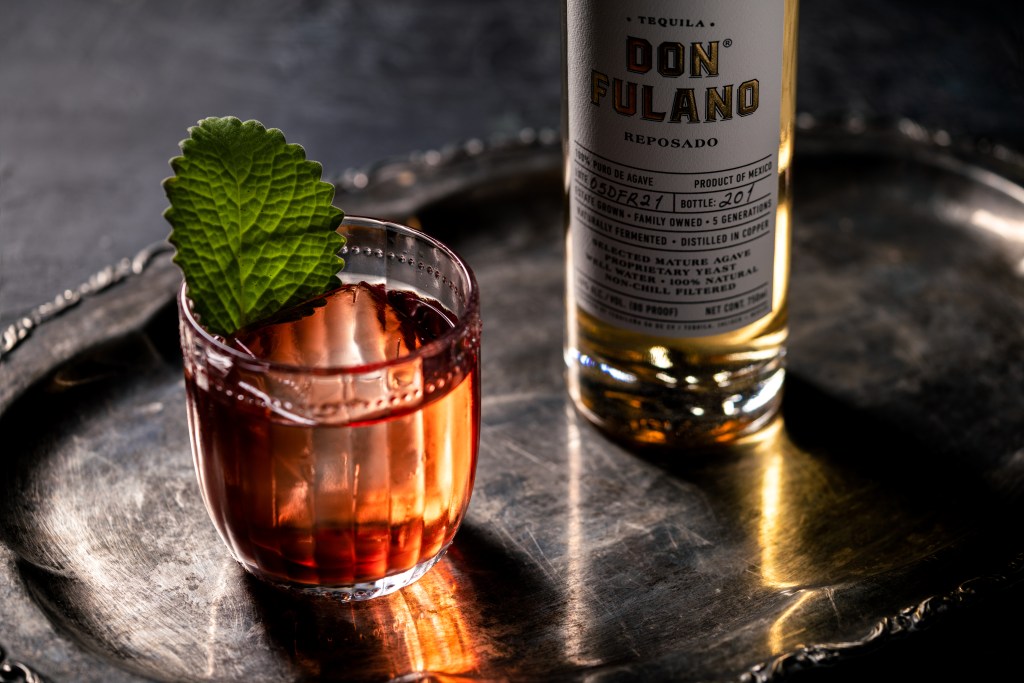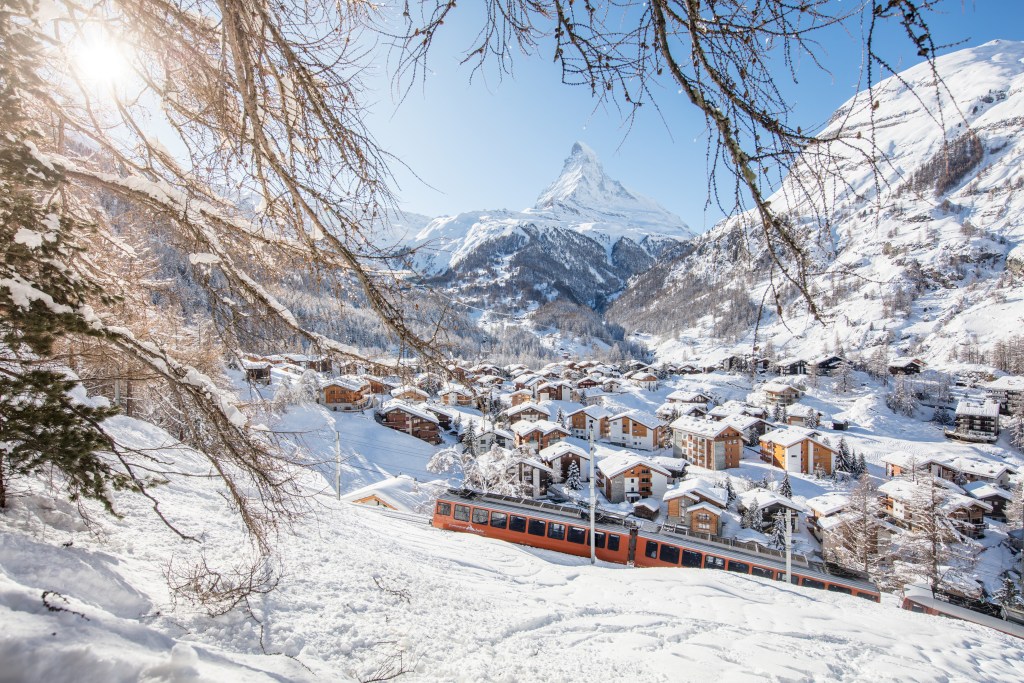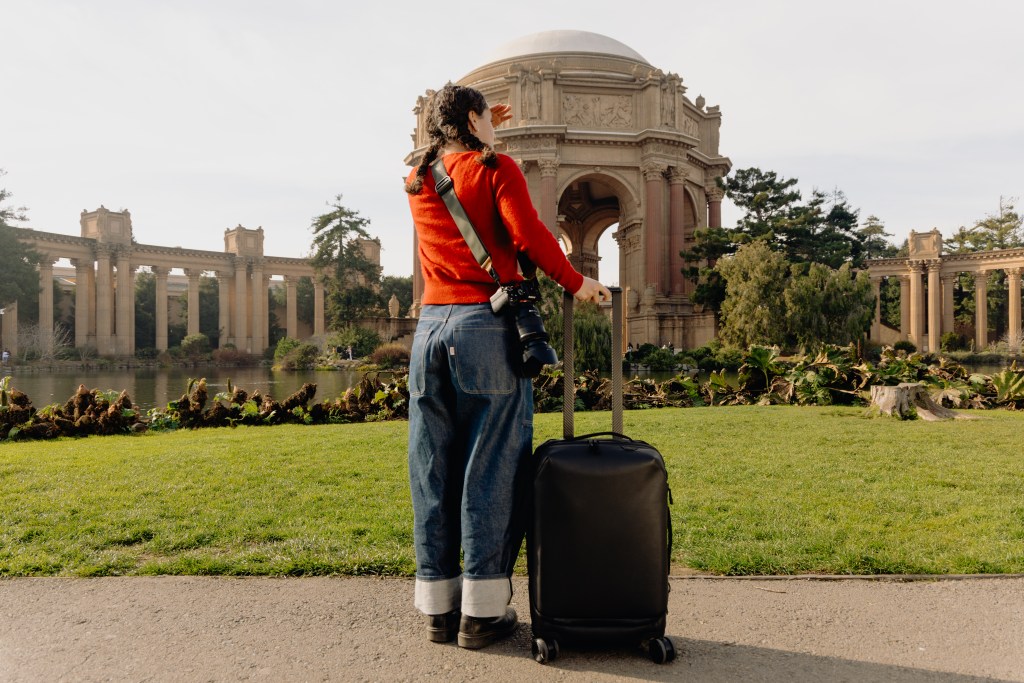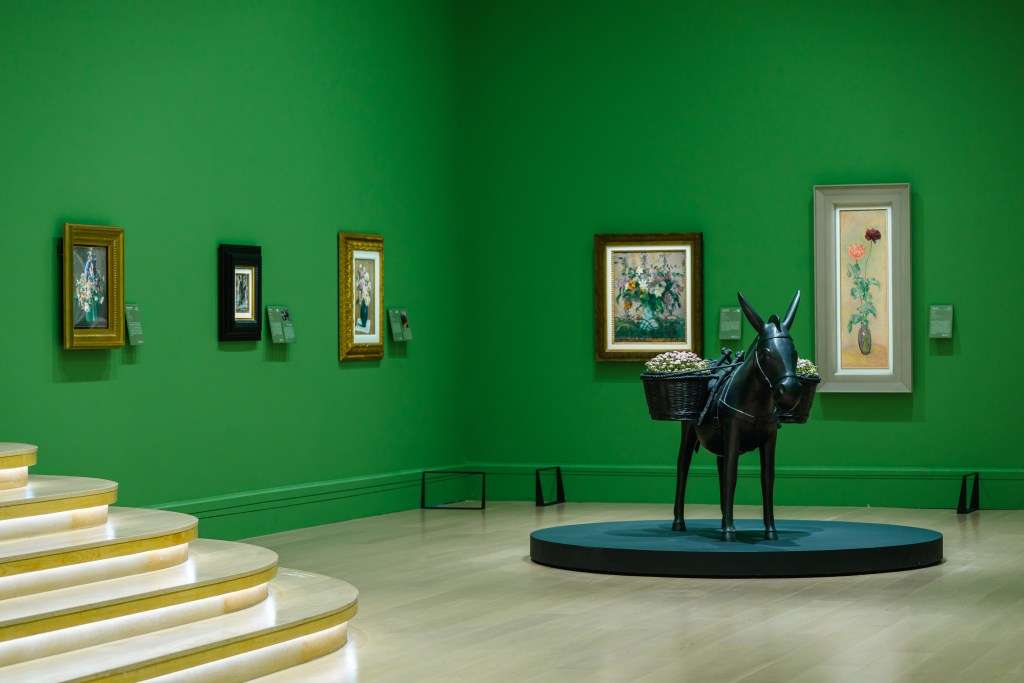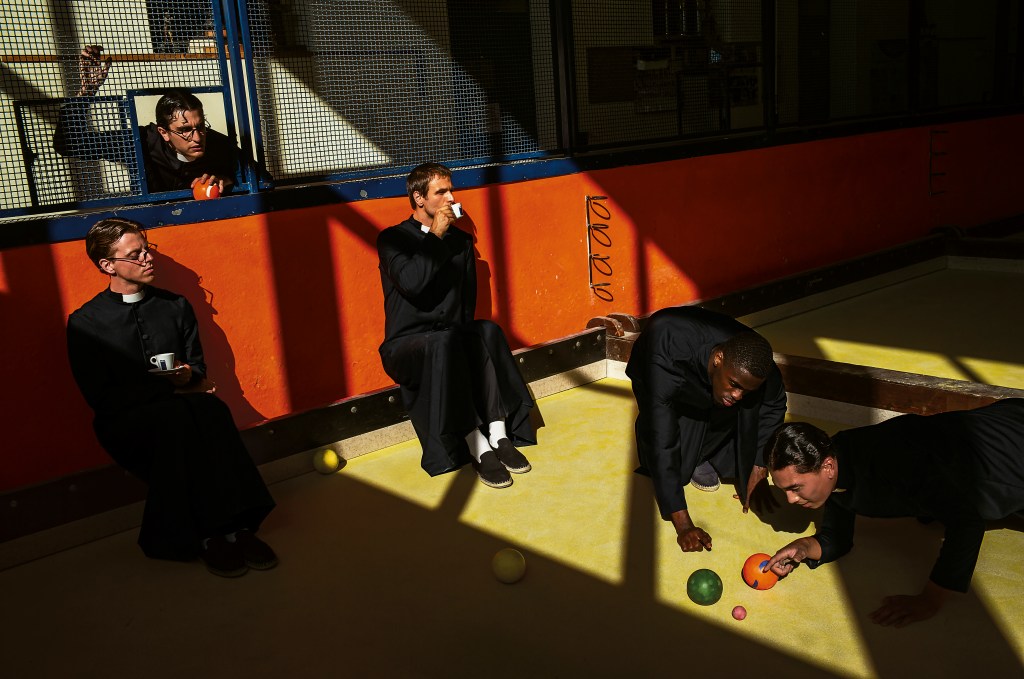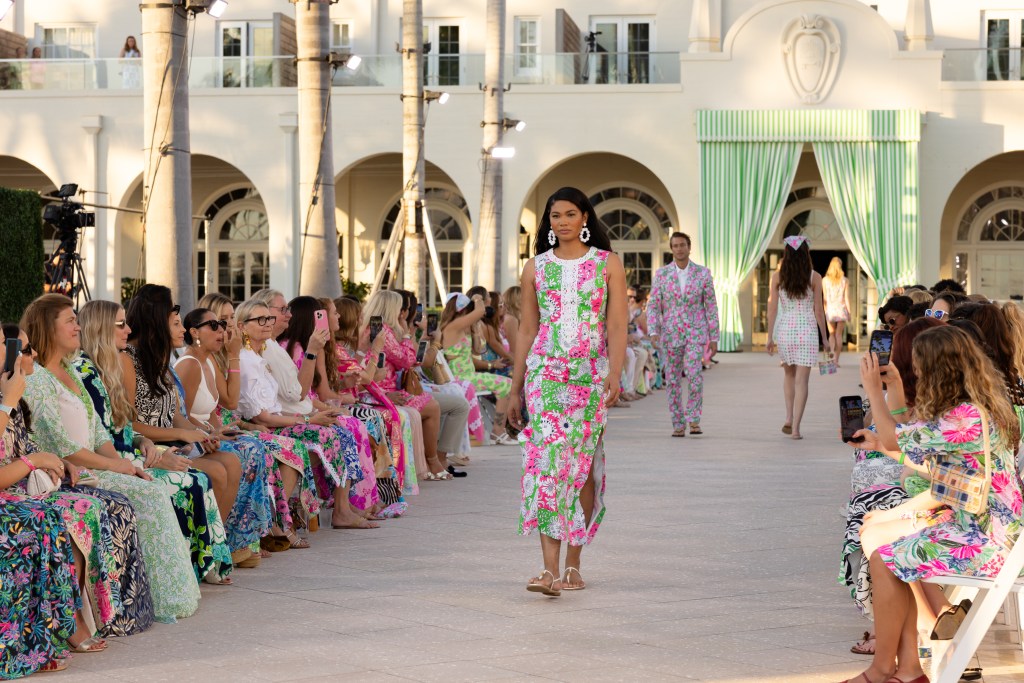Inside London’s Frieze Art Fair 2015
Immersive works inspired by the annual event itself
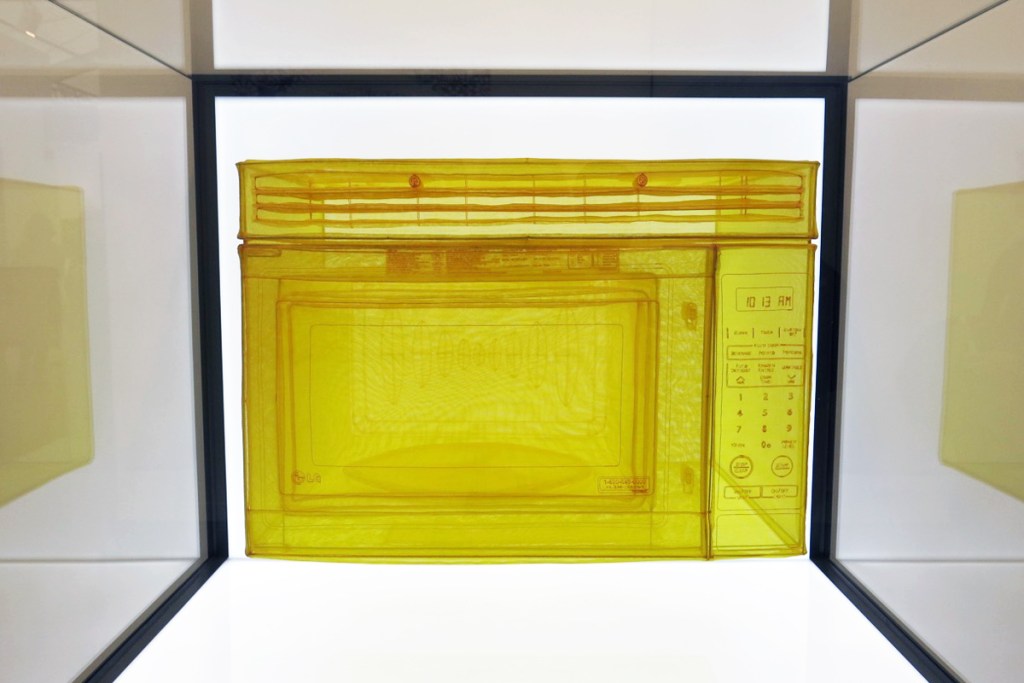
Londons annual art extravaganza, Frieze, is currently drawing art-hungry crowds to the beautiful Regents Park in the city center. Always a fun, impressive fair, this years Frieze featured an unusual number of works that were inspired by the space they’re in, which was designed by Londons Universal Design Studio. Rachel Rose, last years winner of the Frieze Artist Award, contributed one of the best immersive installations this year: a miniature Frieze-tent, filled with music and lit by colored spotlights. Each day, the interior of the tent varies slightlyinspired by the animals inside Regents Park. On the day we visited, the music was high-pitched and the lights were dim, referencing the way mice hear and see things.

Rose is part of the Frieze Projects, which showcases new work commissioned especially for the fair. Like Rose, art collective YR, another Projects participant, was inspired by Frieze itself and created a “chill-out space” consisting of interlinked bedrooms, each complete with a bed and soothing light. The main attraction here, though, was undoubtedly the iPhone and laptop chargers attached to each bed; plenty of people chose to hang out in YRs space, but were more frequently occupied by their screens than the surroundings, which itself functioned as a social comment.

The digital world also influenced the work of Andreas Angelidakis. His Soft Ruins installation, seen at Athens Breeder Gallery, places cushy stones next to a film installation that ponders what happens to abandoned social media. It reminds us of sites we used that went out of style, like Friendster, that have become ghost towns of the web. The fascinating piece poses questions like could Facebook become our Rome? and it’s definitely one of the most thought-provoking stands at the fair.
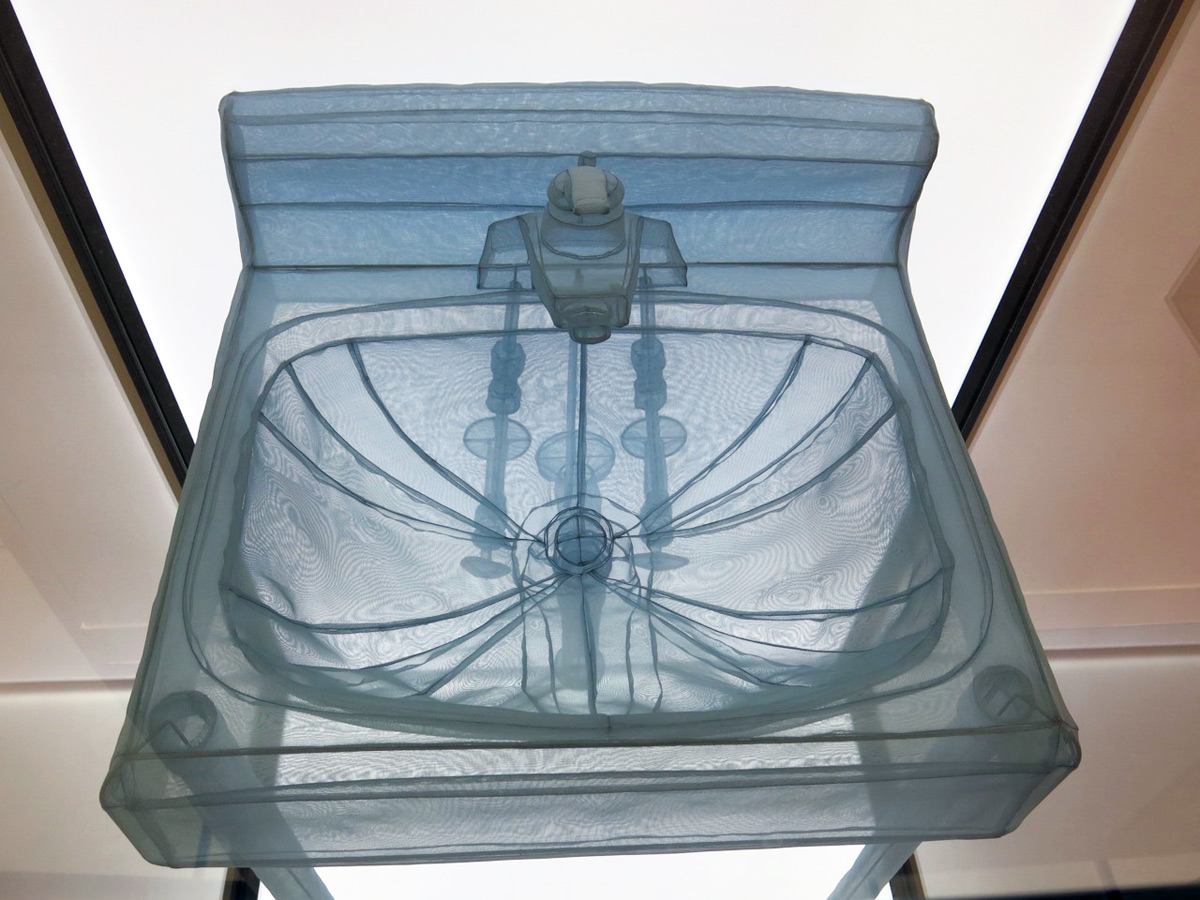
Another theme this year is subverted domesticity, with a number of artists taking the everyday and twisting it into something fantastic. South Korean artist Do Ho Suhs latest work is exhibited at both the Lehmann Maupin and Victoria Miro galleries. At Maupin, you can enter his Hub, London Studio and marvel at its architectural beauty, made of polyester and steel tubes. At Miro, his fabric sculptures include a sink and a yellow, otherworldy-looking fridge. Suhs work is both reassuringly familiar and completely alien, and enhances mundane items into something way more lust-worthy.

London gallery The Sunday Painter, which took part in Frieze for the first time this year, showed Samara Scotts Lonely Planet II. Consisting of a metric ton of water sunk into the floor of Frieze, filled with spray paint and items ranging from a wineglass and belt to spring onions and plastic rings, its an eye-catching example of the way in which the artist uses the detritus of everyday consumerism in her work.
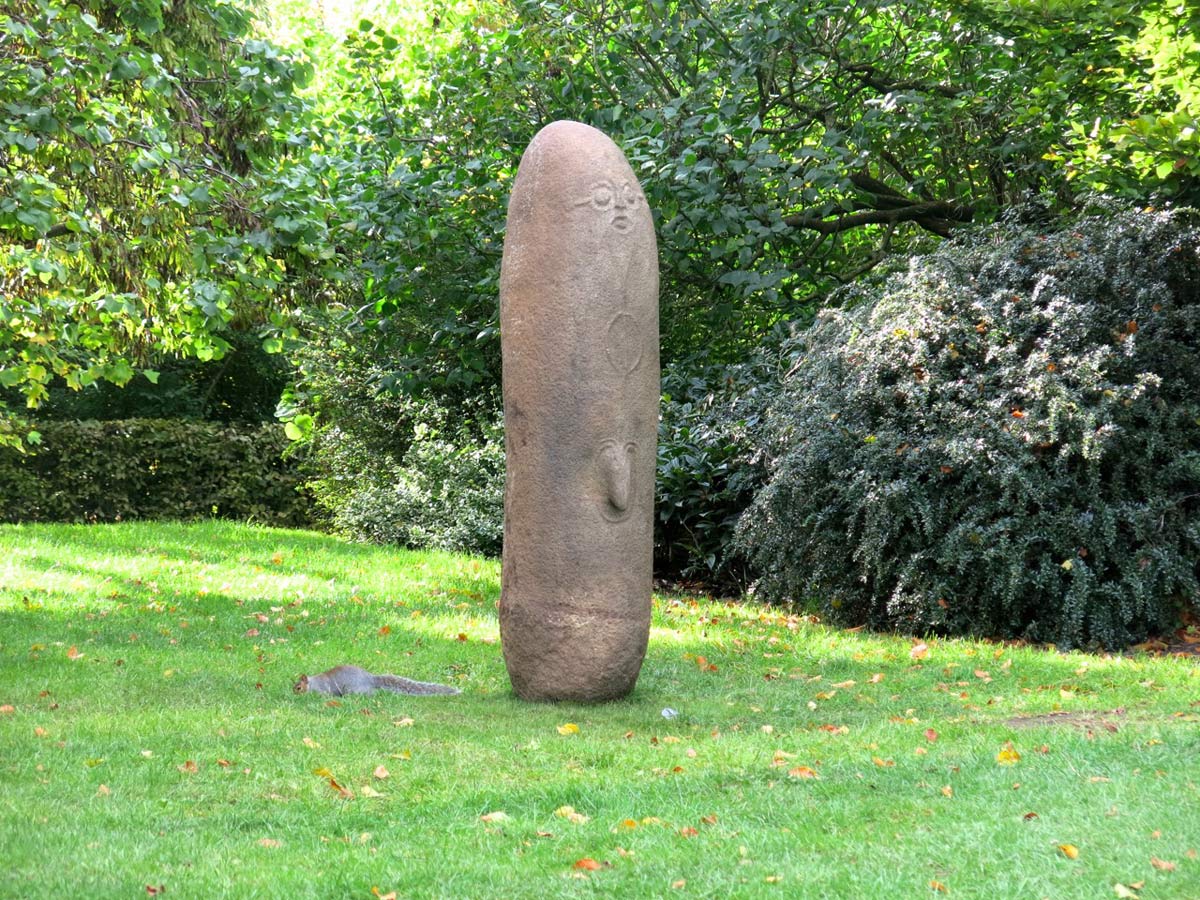
Though entering Frieze comes at a price (37 for a day ticket), the outdoor Sculpture Park is free for everyone. This years sculptures vary from the ancient (Pre-Ekoi”, an anthropomorphic monolith from sometime in the 11th to 14th century) to the brand new, like Haroon Mirzas collaboration with Mattia Bosco, Standing Stones. The stones in Mirzas piece are powered by a solar panel and crackle with electricity, prompting one visitor to wonder if they were radioactive; it was an observation that underlined the slight menace of the piece. Leo Fitzmaurice, also represented by The Sunday Painter, created bunnies out of plastic bags for his Litter, a humorous way to juxtapose man-made items and nature. And this time around, the park will continue to enthrall visitors for months after the fair ends. Frieze just announced that many of the sculptures will remain on display until mid-January 2016.
Frieze London is on until October 17 2015.
Images by Cajsa Carlson
